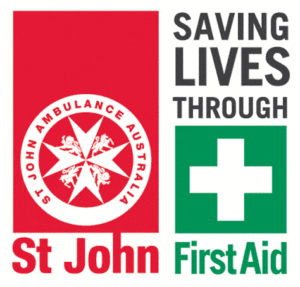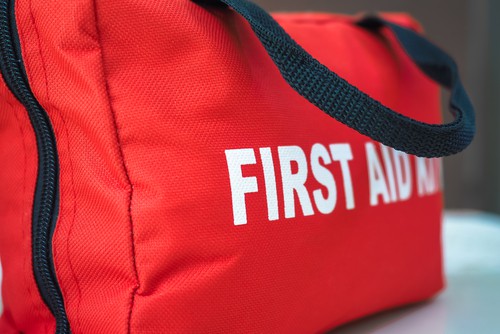Being prepared could help you save a life and having an appropriate First Aid Kit when travelling is essential.
You can purchase a basic First Aid Kit and customise depending on the activities you do.
Here is a basic first aid kit checklist to get you started:
- crepe bandages of varying widths
- hypoallergenic (skin) tape
- triangular bandages
- adhesive dressing strips (such as bandaids) in different sizes
- gauze swabs
- combine dressing pads (10cm x 10cm)
- non-stick dressing pads (7.5cm x 10cm)
- sterile eye pad
- alcohol swabs
- stainless steel scissors (sharp/blunt) 12.5cm
- disposable gloves
- stainless steel pointed splinter forceps (tweezers)
- shock (thermal) blanket
- safety pins
- notepad and permanent marker
- sterile saline tubes/sachets
- disposable resuscitation face shield
- antiseptic skin swabs
- stop itch cream
- first aid booklet
- For known medical conditions — add extra items, such as medicines and or equipment you normally use to manage the condition.
Additional items to be considered for caravan and camping:
- Hi Vis Vest and reflective (day/night) safety triangle for use near a road and or traffic.
- heavy crepe bandages
- instant cold packs
- disposable poncho
- plastic bags
- whistle
- compass
- torch
- glow stick
General
- Place all items in a bag container to keep them in. It doesn’t have to be expensive or designed especially for first aid supplies, but it should be large enough to contain all of the necessary items, identifiable as a first aid kit, made of material that protects the contents from dust, moisture and contamination.
- Keep your first aid kit in a safe, dry and accessible place, and make sure everyone in your family knows where it is.
- Replace items as soon as possible after they are used
- Check the kit after each use or if not used, then once every 12 months and ensure all items are have not deteriorated or expired.
- Doing a first aid course is recommended to give you the knowledge and skills to provide capable first aid assistance.





